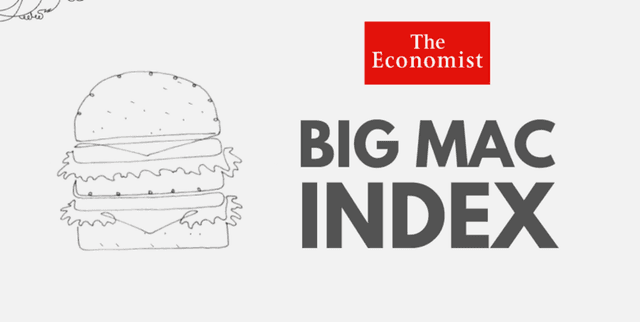Historical Currency Misalignment Data
Finance & Banking Analytics
Tags and Keywords
Trusted By




"No reviews yet"
Free
About
The Big Mac Index is a widely recognised economic metric used to assess purchasing power parity (PPP) across various global economies. By tracking the price of a standard McDonald's Big Mac burger in local currencies and converting those prices into US dollars, the data provides a straightforward, if playful, comparison of currency valuation. It serves as an informative proxy for determining whether currencies are overvalued or undervalued against major world currencies, offering detailed insights into international economics and finance over more than two decades.
Columns
The dataset contains a total of 14 columns detailing currency codes, prices, and various index calculations:
date: The specific date when the observation was recorded.iso_a3: The three-character country code (ISO 3166-1).currency_code: The three-character code for the local currency (ISO 4217).name: The name of the country.local_price: The price of the Big Mac in the local currency unit.dollar_ex: The number of local currency units required to equal one US dollar (exchange rate).dollar_price: The local price of the Big Mac converted into US dollars.USD_raw,EUR_raw,GBP_raw,JPY_raw,CNY_raw: Raw index values indicating currency valuation relative to the US dollar, the Euro, the British pound, the Japanese yen, and the Chinese yuan, respectively.GDP_dollar: Gross Domestic Product (GDP) per person, measured in dollars (sourced from the IMF).adj_price: The GDP-adjusted price of a Big Mac, shown in dollars.USD_adjusted,EUR_adjusted,GBP_adjusted,JPY_adjusted,CNY_adjusted: Adjusted index values relative to the five major currencies, taking GDP into account.
Distribution
The data is structured as a single file, typically provided in CSV format (e.g.,
big-mac-adjusted-index.csv). The file size is approximately 180.24 kB. The data structure includes 14 columns. There are 1,386 valid records overall, although a small number of records (27) are currently missing for the raw index relative to the Euro.Usage
This resource is excellent for historical analysis of global price levels and exchange rate mechanics. It can be applied in academic studies concerning purchasing power parity theory and inflation modelling. Financial institutions and analysts may use the data to benchmark currency strength and evaluate market efficiency across different countries.
Coverage
The geographic scope includes observations from 27 countries globally. The dataset covers a time span from 1 April 2000 up to 1 July 2022. Updates are typically expected to occur annually, providing consistent long-term tracking.
License
Attribution 4.0 International (CC BY 4.0)
Who Can Use It
- Economists: For macro-level research on currency valuation and economic convergence.
- Data Scientists: For training models that predict long-term exchange rate shifts.
- Policy Analysts: To understand international cost of living comparisons.
- Journalists: For generating compelling data-driven stories and visualisations related to global finance.
Dataset Name Suggestions
- Global Purchasing Power Index (2000-2022)
- International Big Mac Economic Indicator
- Historical Currency Misalignment Data
- The Economist PPP Data
Attributes
Original Data Source: Historical Currency Misalignment Data
Loading...
